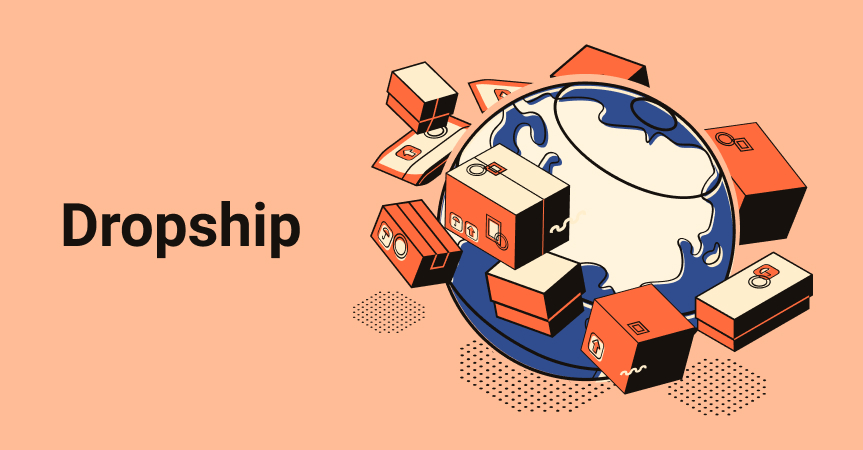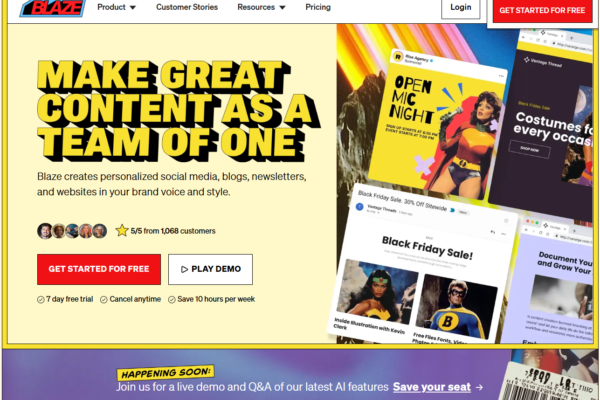
Dropshipping has become an increasingly popular business model, especially for entrepreneurs looking to start an online store with minimal upfront investment. The key to a successful dropshipping business lies in selecting the right products to sell. This guide will help you discover the best sources for finding dropshipping products that will attract customers and drive sales.
1. Dropshipping Marketplaces
AliExpress is one of the most popular platforms for dropshipping. It offers a vast range of products at competitive prices, making it an excellent starting point for new dropshippers.
- Pros: Large product selection, competitive prices, various shipping options.
- Cons: Longer shipping times, variable product quality.
Oberlo is a platform specifically designed for dropshipping and is integrated with Shopify. It allows you to easily import products from suppliers into your Shopify store.
- Pros: Easy integration with Shopify, automated order processing, high-quality suppliers.
- Cons: Limited to Shopify users, monthly subscription fees for premium features.
Spocket focuses on high-quality products from suppliers in the US and Europe, which can lead to faster shipping times compared to suppliers from China.
- Pros: Faster shipping times, high-quality products, integration with various e-commerce platforms.
- Cons: Higher product prices, subscription fees for premium access.
2. Wholesale Suppliers
SaleHoo is a directory of verified wholesale suppliers and dropshippers. It offers a comprehensive list of suppliers from various niches.
- Pros: Verified suppliers, extensive directory, useful market research tools.
- Cons: Annual membership fee, not all suppliers offer dropshipping.
Worldwide Brands is another directory of certified wholesalers and dropshippers. It provides access to millions of products from reputable suppliers.
- Pros: Lifetime access with a one-time fee, extensive supplier database, certified suppliers.
- Cons: High initial cost, not all suppliers are suitable for dropshipping.
3. Print-on-Demand Services
Printful is a popular print-on-demand service that allows you to create custom products, such as apparel and accessories, which are printed and shipped directly to your customers.
- Pros: No inventory needed, wide range of customizable products, integration with major e-commerce platforms.
- Cons: Higher product costs, limited to custom products.
Printify offers a similar service to Printful, allowing you to create and sell custom products without holding inventory.
- Pros: Large selection of products, multiple print providers, integration with various platforms.
- Cons: Variable product quality, higher shipping costs.
4. Niche-Specific Suppliers
Modalyst connects you with suppliers of high-quality and unique products, including independent brands and eco-friendly items.
- Pros: Unique and high-quality products, fast shipping from US and Europe, integration with Shopify and BigCommerce.
- Cons: Higher product costs, subscription fees for premium features.
Dropified offers access to a wide range of products from various niches, including health, beauty, and electronics. It also provides tools for automating your dropshipping business.
- Pros: Wide range of products, automation tools, integration with multiple platforms.
- Cons: Monthly subscription fees, product quality can vary.
5. Local Suppliers and Manufacturers
Finding local suppliers and manufacturers can help you reduce shipping times and costs. Search for suppliers within your country or region that offer dropshipping services.
- Pros: Faster shipping, support local businesses, potentially better communication.
- Cons: Limited product selection, higher prices compared to international suppliers.
Tips for Choosing the Right Products
- Research Market Demand: Use tools like Google Trends, Amazon Best Sellers, and eBay Top Products to identify trending products with high demand.
- Check Competition: Analyze your competitors to see what products they are selling and how you can differentiate your offerings.
- Consider Profit Margins: Calculate your potential profit margins to ensure the products you choose are financially viable.
- Test Products: Start with a small selection of products to test their performance before expanding your inventory.
- Focus on Quality: Choose products with good reviews and reliable suppliers to maintain customer satisfaction.
Conclusion
Finding the right products for dropshipping requires research, patience, and a strategic approach. By leveraging the resources and platforms mentioned in this guide, you can discover profitable products and build a successful dropshipping business. Always stay updated with market trends and continuously optimize your product selection to meet the evolving needs of your customers. Happy dropshipping!





Leave a Reply